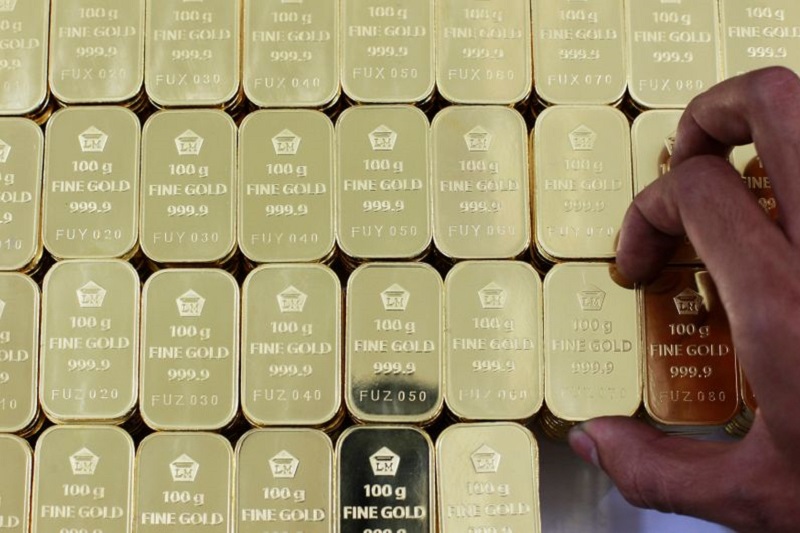Antilles Gold Ltd (ASX:AAU, OTCQB:ANTMF) has wrapped up a revised scoping study for the proposed development of the La Demajagua open pit gold-silver-antimony mine in Cuba.
Study follows updated resource
This follows an updated mineral resource, the receipt of a pit shell and material scheduling from mining consultants, Cube Consulting, and the results of metallurgical test-work to date.
The La Demajagua mine is expected to be developed in the near term in a joint venture with the Cuban Government’s mining company, GeoMinera SA.
Its objective will be to produce a gold arsenopyrite concentrate for sale to an international trading company and a silver-antimony concentrate for sale to a Chinese antimony smelter.
The updated mineral resources included in the revised scoping study do not include a mineral resource estimate (MRE) for the antimony within the pit shell with the company yet to receive a substantial number of antimony assays from its recent 28,000-metre cored drilling program.
Antimony estimate based on test work
Antilles Gold technical director Dr Jinxing Ji, who has significant experience in the flotation of sulphide ores and has supervised the metallurgical test-work for the project by SGS and Blue Coast Research in Canada, has provided the antimony content expected to be produced in the La Demajagua silver-antimony concentrate based on assays of antimony grades in the drill core used for the test work.
Following receipt of the antimony assays and completion of the test work, both the MRE and financial modelling for the project will be updated for inclusion in the definitive feasibility study (DFS), which is nearing completion.
Based on the study results the company thinks the DFS will increase the mining rate and reduce the mine life from nine years to around seven years, which should increase annual metal production, profitability and the internal rate of return (IRR).
Financial highlights
Antilles Gold’s equity contribution to the project, assuming an exchange rate of 67 US cents to the Australian dollar, would be A$20 million while its share of the life-of-mine cash surplus would be A$265 million.
The company’s share of life-of-mine average annual profits would be A$28 million, while the payback on investment would be 12 months from commissioning.
Some other figures
The financials for the mine stack up as follows:
- project development cost is US$86 million for a life-of-mine of nine years;
- average annual metal production is gold (56,136 ounces) silver (606,898 ounces) and antimony (2,758 tonnes); and
- sales revenue over life-of-mine, assuming US$1,800 per ounce gold, US$22 per ounce silver, US$13,000 per tonne antimony, less discounts to buyers, is US$880 million.
Another objective is to explore major copper prospects to which it has access, including the large El Pilar copper-gold porphyry system in central Cuba, where drilling will commence following the interpretation of recently completed ground magnetics and IP surveys.
Described as encouraging
Johnson said that the results of the scoping study were most encouraging despite geotechnical investigations requiring much flatter slopes to the hanging wall than were previously anticipated which had resulted in an increase in the waste-to-ore ratio and operating costs.
"However, the results continue to demonstrate the strong return that Antilles Gold can expect to receive on its low equity contribution to the project."
He added: "The company’s current market capitalisation of $20 million is significantly less than its share of the La Demajagua NPV8, and does not reflect the potential of other properties that have been made available to or joint ventures with GeoMinera including El Pilar, which collectively present Antilles Gold with an excellent opportunity for future growth."
